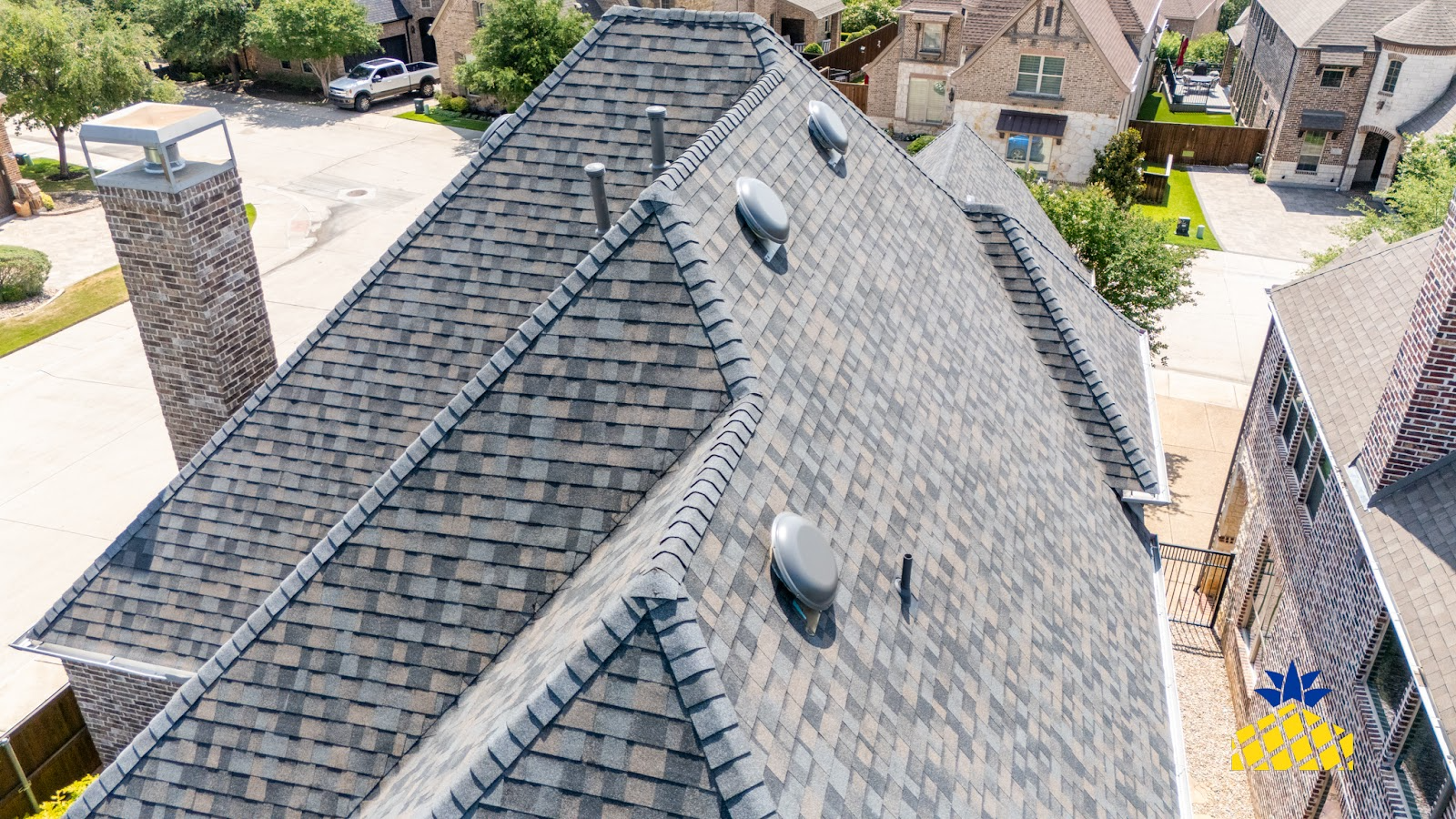
Introduction
Most homeowners don’t think much about what’s happening in their attic until there’s a problem. Yet one of the most common and overlooked roofing issues lies above the ceiling and below the shingles: poor ventilation. A roofing system isn’t just about shingles—it’s an entire structure designed to manage airflow, moisture, and temperature. Without proper ventilation, homeowners can face high energy bills, uncomfortable living spaces, and even premature roof failure.
Poor ventilation may not be as visible as missing shingles or leaks, but it quietly affects the home’s efficiency and durability. Attics that trap heat in summer or moisture in winter place strain on the whole building. Over time, this hidden issue adds up to significant repair costs and ongoing discomfort.
Companies like Pineapple Roofing often find that ventilation is one of the root causes behind high utility bills or roofing damage. By understanding how airflow works—and why it matters—homeowners can take proactive steps to protect both their roofs and their wallets.
Why Roof Ventilation Matters
Roof ventilation balances the flow of air into and out of the attic space. Intake vents, usually placed along the eaves or soffits, bring cooler air in, while exhaust vents at the roof ridge or gables allow hot, moist air to escape.
This steady exchange regulates temperature and humidity, keeping the attic and roofing materials in balance. When airflow is blocked or insufficient, the attic becomes a sealed box where heat and moisture accumulate, creating a cascade of problems.
Rising Energy Bills from Poor Ventilation
One of the first impacts homeowners notice from poor ventilation is higher utility costs. In summer, a poorly ventilated attic can reach temperatures of 140°F or more. That heat radiates downward, forcing air conditioning systems to work harder.
The results include:
During winter, the reverse occurs. Warm air trapped in the attic can melt snow on the roof, creating ice dams that refreeze at the edges. Not only does this waste energy, but it also increases the risk of roof leaks.
Comfort Issues Indoors
Beyond energy costs, poor ventilation makes the home less comfortable to live in. Homeowners often report:
These issues aren’t just annoyances—they’re signs that the roof and attic aren’t managing airflow correctly.
Moisture Problems in the Attic
Moisture buildup is another major consequence of poor roof ventilation. Everyday activities like cooking, showering, and doing laundry release moisture into the air. In a well-ventilated home, that moisture dissipates. In a poorly ventilated attic, it condenses on rafters, insulation, and sheathing.
Over time, this can cause:
Moisture issues often go unnoticed until they cause visible damage, making proactive ventilation maintenance essential.
Reduced Roof Lifespan
A roofing system is designed to last decades, but poor ventilation can cut that lifespan dramatically. Excess heat accelerates the deterioration of shingles, causing curling, cracking, and granule loss. Moisture weakens the underlayment and decking, leading to sagging or structural failure.
What might have been a 25-year roof could fail in as little as 15 years without proper airflow. That means costly roof replacement years earlier than expected.
Signs of Poor Roof Ventilation
Because ventilation issues are hidden, homeowners may not recognize the warning signs. Some red flags include:
A professional inspection can confirm whether poor ventilation is the cause of these issues.
Solutions to Improve Roof Ventilation
Fortunately, poor ventilation can be corrected with the right strategies. Common solutions include:
A balanced system includes both intake and exhaust, ensuring airflow moves naturally through the attic space.
Cost vs. Savings
While upgrading ventilation comes with a cost, the long-term savings far outweigh it. Benefits include:
In many cases, the investment pays for itself within a few years through reduced utility and maintenance costs.
DIY vs. Professional Solutions
Some ventilation upgrades, like adding gable vents, may seem simple, but most systems require professional design and installation. Poorly placed vents can actually worsen airflow, creating “dead zones” where air doesn’t circulate.
Pineapple Roofing emphasizes that professional assessment is key to ensuring the system is properly balanced. A tailored solution considers roof design, climate, and home size, ensuring effective results.
Environmental Benefits
Improving roof ventilation isn’t just good for your wallet—it’s also environmentally friendly. Lower energy use reduces the household’s carbon footprint. At the same time, a longer-lasting roof means fewer materials end up in landfills.
This eco-friendly advantage is another reason why more homeowners are prioritizing ventilation during roof repairs and replacements.
Preventive Maintenance
Once ventilation is improved, maintenance is simple but essential. Homeowners should:
Small steps like these ensure ventilation continues to perform as intended.
Conclusion
Poor roof ventilation is one of the most overlooked issues in homeownership, yet it has a direct impact on energy bills, comfort, and roof lifespan. By allowing heat and moisture to accumulate, a poorly ventilated attic strains HVAC systems, raises costs, and accelerates roofing damage.
With professional solutions from companies like Pineapple Roofing, homeowners can correct ventilation problems before they become costly disasters. Investing in proper airflow ensures lower energy bills, greater comfort, and a roof that lasts for decades.